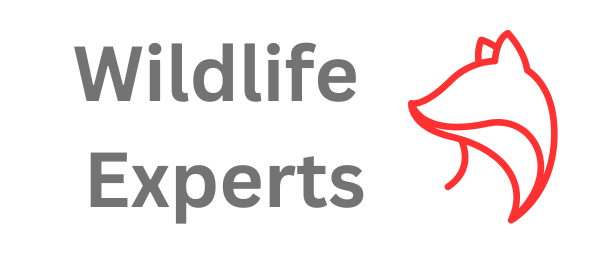Facts, Identification & Control
Latin Name
Agkistrodon contortrix
Appearance
Found primarily in the Southeastern third of the United States, the copperhead snake (Agkistrodon contortrix) can be an unwelcome sight. The adult copperhead can be two to three feet in length and tends to be tan or brown, depending upon the area of the country, with darker brown stripes that look like an hour glass, and a darker, sometimes copper- colored triangular shaped head. The juvenile, or younger, copperhead snake looks just like the adult, except for the much lighter color tail, which tends to appear almost yellowish in color.
Behavior, Diet & Habits
The copperhead’s coloration allows it to often go unnoticed in their normal habitats, living primarily among the leaves of rocky outcroppings in wooded areas or along the edges of swamps and marshes, where the copperhead’s food sources – insects, amphibians, lizards, small mammals and birds – are more abundant. However, it is not uncommon to find copperheads living in dense landscaping or thick mulch around homes and structures where frequent watering is common. Most human or pet interactions with copperheads occur when the snakes move out of their protective habitat in search of warmth or food. Not normally an aggressive snake, the copperhead will usually remain still or move away when encountered. If threatened or attacked, the snake provides a warning by vibrating its tail, mimicking the behavior of a rattlesnake. Only after that fails, does the copperhead strike, inflicting a painful bite that is rarely deadly, but does require medical attention. Symptoms of a copperhead bite may include extreme pain at the site of the bite, swelling, tingling and nausea. A copperhead bite also may cause damage to the surrounding tissue of the bones and muscles.
More Information
In order to reduce a potential encounter with a copperhead, create an environment around a home or structure that is unfavorable to the snake. Reducing the copperhead’s primary food sources and other resources is the most effective way to minimize your potential for copperheads on your property. Also, keep vegetation and landscaping beds well maintained and as far away from the home or structure as possible to reduce the availability of safe resting and hunting places. The best way to get rid of copperheads is to call a pest control professional that possesses the tools and knowledge to address the problem.
